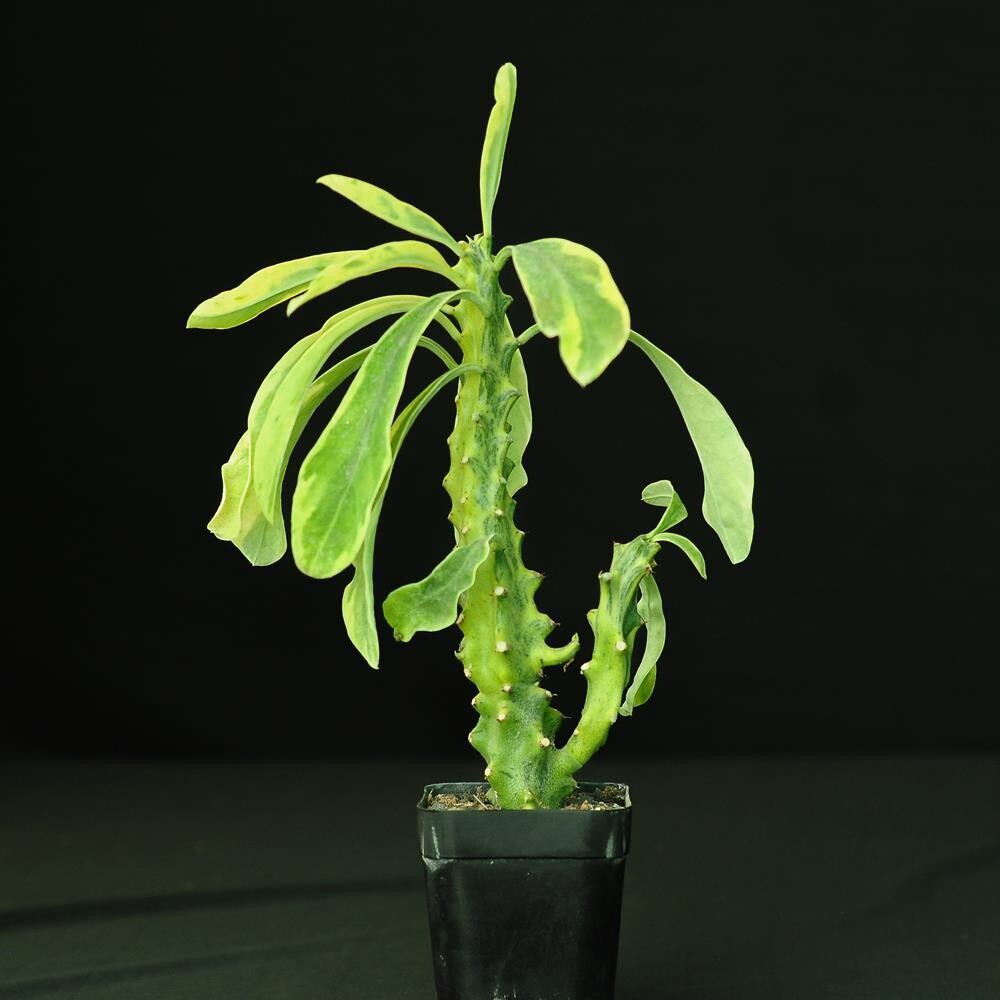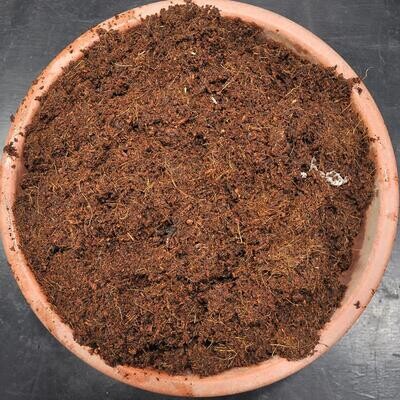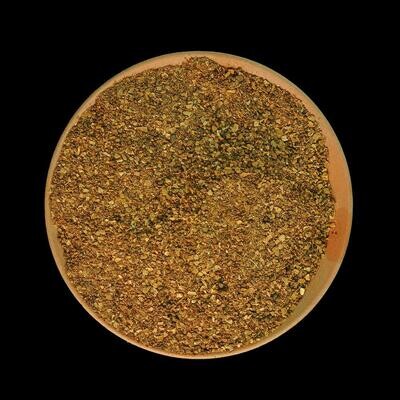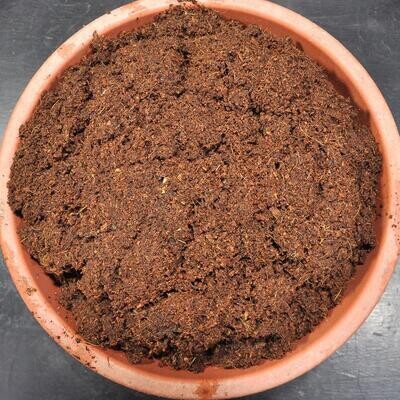Please check the Shipping Updates Page for information on shipping.
Euphorbia neriifolia variegated
Origin of Name
The genus "Euphorbia" is named after Euphorbus, the Greek physician to King Juba II of Numidia, who used a particular species of the plant for medicinal purposes. The species name "neriifolia" is derived from Latin, meaning "Nerium-leaved," in reference to its resemblance to the leaves of the Nerium oleander. The term "variegated" indicates the presence of different colors or tones in the plant's foliage, typically white, cream, or yellow, alongside the natural green, creating a striking contrast.
Technical Description of Plant
Euphorbia neriifolia variegated exhibits the robust, upright growth habit typical of the species but with the added appeal of variegated leaves. The plant's stems are thick, succulent, and cylindrical, bearing leaves that are mainly clustered towards the top. The variegation in the foliage can vary, with patterns of white, cream, or yellow marbling the green leaves, making each specimen uniquely beautiful. Like other Euphorbias, it produces a milky sap when cut or damaged. The plant may produce small, inconspicuous flowers, but it is primarily grown for its striking foliage.
Origin of Plant
Euphorbia neriifolia is native to the Indian subcontinent, thriving in a range of environments from dry, rocky areas to open forests. The variegated form is a result of mutation or selective breeding and is highly prized in cultivation for its decorative leaves.
Conservation Status
While the species Euphorbia neriifolia itself is not listed as endangered, the variegated form is less common and primarily maintained through cultivation. Conservation efforts for the species focus on habitat preservation and sustainable harvesting, as with many Euphorbias, to ensure their survival amid changing environmental conditions and human activities.
Care Instructions
Euphorbia neriifolia variegated prefers a well-draining soil mix and a location that receives bright, indirect sunlight or partial shade. Direct sun can scorch the variegated leaves, so some protection is beneficial, especially in hotter climates. Water the plant when the soil has dried out completely, reducing watering in the cooler months to prevent root rot. This plant is not frost-tolerant and should be protected from cold temperatures. Handle with care, as the sap can be an irritant to skin and eyes.
.





